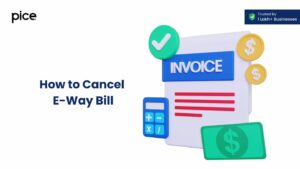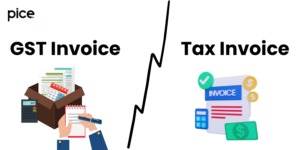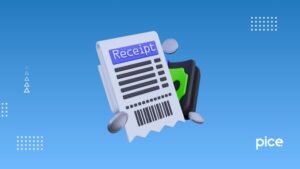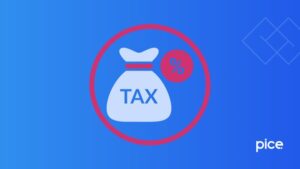Documents Required for GST Refund: Here’s the Step-by-Step Guide
- 28 Aug 24
- 12 mins
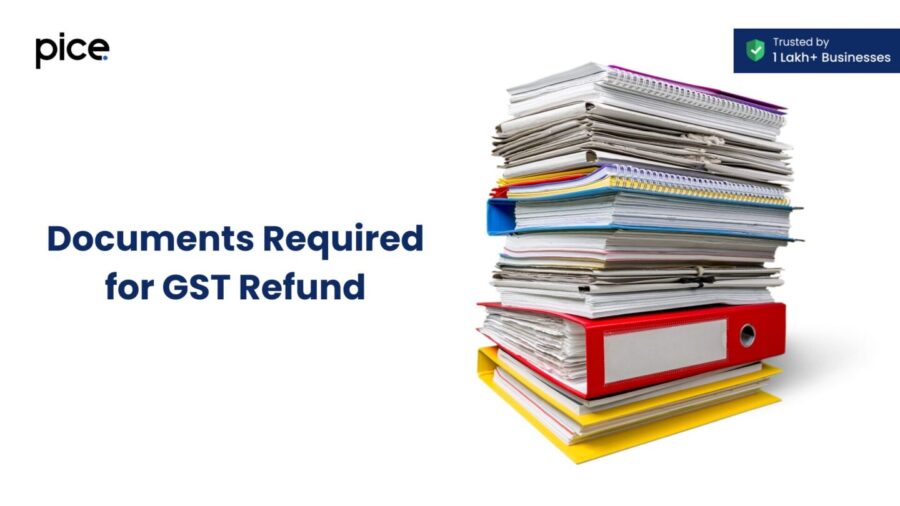
Documents Required for GST Refund: Here’s the Step-by-Step Guide
Key Takeaways
- To claim a GST refund, you must follow a specific method and submit the necessary documents within 2 years from the relevant date.
- GST refunds can be claimed for various reasons, including export transactions, supplies to SEZs, excess payments, and accumulated ITC.
- Different forms are required for different types of GST refunds, such as GSTR-1 and GSTR-3B for IGST on exports and Form RFD-01 for excess cash payments.
- The processing time for GST refund requests is 60 days, and interest may be granted if the refund is delayed beyond this period.
- You can track the status of your GST refund online through the GST common portal, either post-login or pre-login.
To claim a GST refund, you must follow a prescribed method and submit a set of documents to the GST authorities.
Many reasons can lead to a scenario where you must request a refund. This can involve a surplus cash balance in the electronic cash ledger or unintentional overpayment of income tax. In addition, if there are too many zero-rated sales, the accrued Input Tax Credit (ITC) may not be used to pay tax liabilities, potentially requiring the filing of a GST return.
There are multiple GST return forms each having a specific purpose. Depending on the type of GST concerned, this form varies. For instance, if you decide to file a GST return against IGST in exports, you have to fill the forms GSTR-1 and GSTR-3B for the relevant tax period. However, to rectify excess cash payment to the ledger, you have to apply via Form RFD-01.
Go through this blog thoroughly to get a precise idea about the different documents required for a GST refund.
Understanding GST Refunds
The Goods and Services Tax (GST) is a taxation system applied to goods and services sold in India. It has 3 primary components: SGST, CGST and IGST. Once a taxpayer furnishes the due GST amount after receiving a product or service, they can realise whether they will be eligible for a refund or not.
The Indian Government has been actively involved in building an online platform to simplify the GST refund procedure. Using this common portal, you can file a claim within 2 years from the billing date. This relevant date tends to vary according to the conditions of your claim.
Eligibility for Claiming a GST Refund
One can claim a GST repayment based upon the following types of refunds:
- Export of Services and Products: When a business exports goods or services to a foreign market, it can instigate a GST refund claim depending on the nature of the supply.
- Goods/ Services Made to SEZs and Developers
In cases where a registered taxpayer is overseeing supplies made towards Special Economic Zones (SEZs) or developers, refunds can be requested. SEZs are certain territories within India that are aimed at promoting economic growth.
- Deemed Export Supplies: It is a special category of transaction where an Indian recipient gets the taxable item or service but the vendor payments are settled in a foreign currency. This scenario can be a valid ground for GST refund involving deemed supplies.
- Refund of GST on Purchases Initiated by Embassies or UN: Certain entities like the United Nations and embassies are eligible for tax exemptions. Thus, valid authorities can claim a tax refund for purchases on their behalf.
- Refunds Due to Legal Decisions: Initiation of refunds at times happens because of court judgements, orders or decrees. In addition, directions published by the Appellate Authority or Appellate Tribunal can announce a taxpayer eligible for GST refunds.
- Refund of Pre - deposit: Suppose you had pre-deposited some amount for appeal filing and consequently the appeal turns in your favour. In these cases you can request for refund of the deposited sum.
- Finalisation of Provisional Assessment: Refund claims involving a provisional assessment only become feasible after the final assessment is conducted. For this, transactions must take place in advance.
- Refund of Accumulated Income Tax Credit (ITC): You may claim a refund of accumulated ITC when the tax on inputs exceeds that deemed on the output. This scenario indicates a typical inverted duty structure for all sorts of taxable goods or services.
- Rectification of Intra-state and Inter-state Supply Classification: Under this category, a refund of tax borne is granted only if a supply of services/ products was initially identified as inter-state (between two or more states) but later marked as intra-state supply (within the state). The vice-versa case is also applicable. For such a scenario, a taxpayer can ask for a refund of the CGST and SGST that has been previously paid.
- Excess Payment by Mistake: Tax computations are complicated and there can be occasional mistakes leading to overpayment of GST. During such cases, the eligible party can initiate a refund claim for surplus tax paid to the government.
- Refund Vouchers for Advance Payments: If a recipient has an excess cash balance in ledger but does not receive the item or service, they can be issued a refund voucher.
- Refunds Allowed for Foreign Travellers: If international tourists or guests meet GST requirements on purchased goods and bring them along, they can claim a refund.
💡If you want to pay your GST with Credit Card, then download Pice Business Payment App. Pice is the one stop app for all paying all your business expenses.
Timeframe for Filing a GST Refund Claim
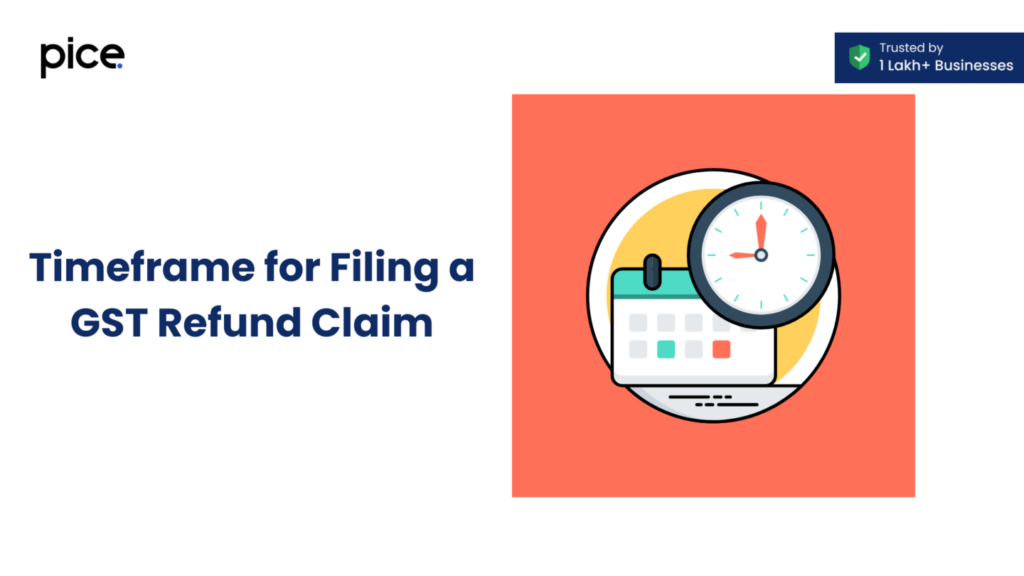
According to the GST Act, specific time limits have been designated for filing tax refunds. Moreover, there is a set collection of guidelines to process such requests. Here’s what you need to know:
- Filing Deadline: Any registered taxpayer is provided a maximum time period of 2 years from the relevant date to initiate their refund request.
This relevant date changes with the reason for the GST claim. Here’s how:
- For excess GST payment, the relevant date is the payment date itself
- If a refund request is initiated after the finalisation of the provisional agreement then the date on the which the tax is adjusted becomes the relevant date
- In case ITC accumulates as output then the final date of that financial year is held as the relevant date
- Finally, the relevant date for exports is the date of loading/ dispatch/ passing the frontier
The importance of this timeframe is to ensure timely submission of refund requests.
- Refund Sanction Period: Once you initiate a legitimate GST refund request, the rightful authority has to process it within 60 days starting from the claim’s receipt date. It is a strict protocol that has been put in place to guarantee timely resolution.
- Interest on Withheld Refund: You can be eligible for a 6% interest if your GST refund process is intentionally withheld and gets delayed. Again, it is an additional layer of assurance provided to all registered taxpayers.
- Interest on Delayed Refund: In case you fail to obtain the refund within the designated 60-day period, you get the right to request an annual interest rate of 9% on the refundable sum.
In addition to these, there are different time limits for claiming GST refunds depending on the situation. The following table provides an overview.
| Reason for GST Refund | Time Limit |
| Excess GST payment | Date of payment |
| Finalisation of provisional assessment | Date of tax adjustment |
| Export or deemed export of goods or services | Date of dispatch/loading/passing the frontier |
| Accumulation of ITC due to zero-rated supplies or export of goods and services | Date of invoice issuance or date of payment received, as applicable |
Procedure for Claiming a GST Refund
You have to follow a series of steps to claim the GST liability that you have already paid. Here is the step-by-step guide:
Step 1: Submit Form RFD-01
This form must be submitted within 2 years of the relevant date. Moreover, it has to be authorised by a Chartered Accountant/Cost Accountant professional. If you miss the time frame, your ITC may get blocked.
Step 2: Automatic Generation of Form RFD-02
Once you file Form RFD-01, the details and acknowledgement fields get auto-populated in RFD-02. In addition, you receive a copy of the same via SMS and email for future reference.
Step 3: Correction via Form RFD-03
This step serves as a precautionary measure facilitating the rectification of any possible errors that may arise during the application filling process.
What Documents are Required for GST Refund Process?
In addition to the online GST refund application form, certain documents must be submitted. Here is the list of documents required for applying GST refund:
GST Refunds for Exports
The business or concerned entity needs to put forward the following papers if the refund claim involves exports or supplies to Special Economic Zones (SEZs):
- Invoice(s) of the transaction
- Statement showcasing the number and date of shipping bills or bills of export
- Bank realisation certificates and tax receipts as proof of receiving payment in foreign currency
- No. and date of relevant export invoices
GST Refunds for Supplies to SEZ
If the supplies are made to SEZ units then one has to produce the following documents:
- Tax Invoice
- Endorsement issued by the Authorised Officer declaring receipt of services/items in the concerned territory
- Declaration from the relevant SEZ unit mentioning that the supplier has not yet availed their Input Tax Credit
GST Refunds for Accumulated Input Tax Credit
As per the GST refund rules, when the claim associates accumulated ITC solely, then only a statement is required featuring every minute detail of the invoice.
Additional points to be noted under this category:
- No refunds are issued for unutilised Input Tax Credit on CGST and IGST paid for the sale of services for construction meant for sale.
- No GST return claims are considered for CGST and IGST if the credit has formed resulting from a higher input tax rate compared to the output supply tax rate.
GST Refunds Based on Orders
When the refund claim arises from the declaration of an Appellate or court, you must produce:
- Relevant tax invoices
- Reference number of the order leading to the claim
In situations where the refund claim is related to unutilised ITC due to a greater GST on inputs against the tax on output supplies (avoiding nil-rated and exempt supplies), the application must feature a statement explaining the details of all related transactions.
Refunds for Excess Payment of Tax
For cases where a registered taxpayer has paid excess tax, their refund claim application has to include a statement as proof of the claim amount.
How to Manage Calculation of Refunds?
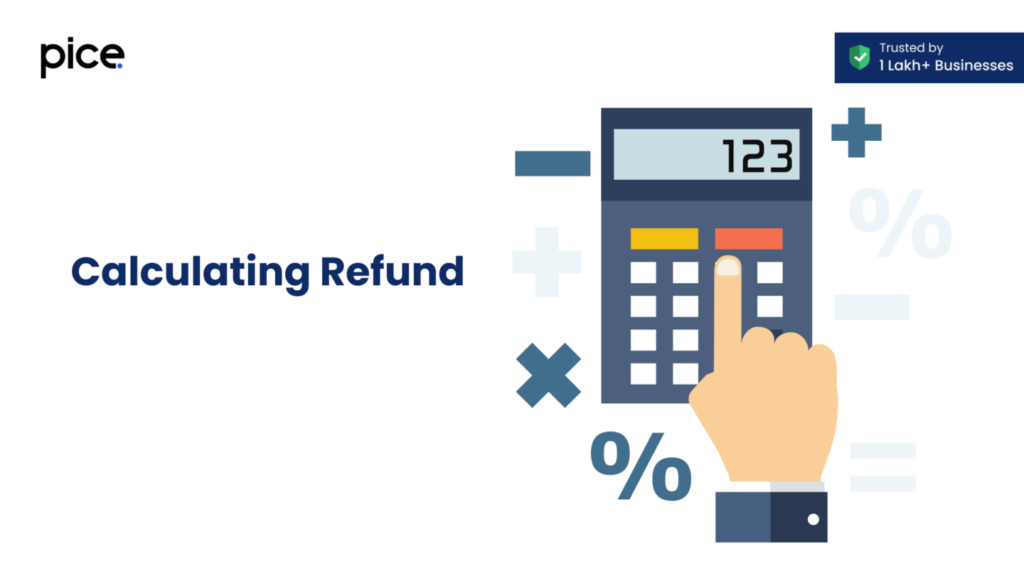
Assessing your GST refund amount is not that difficult. You have to deduct the surplus tax that has been paid against the dues you were supposed to furnish. This straightforward calculation will reveal the GST refundable amount.
If you stick to the prescribed refund filing timeline then the amount will be disbursed within a 60-day period.
To calculate a GST refund, you may use online calculators that are easily accessible.
During the process, you may have to submit form RFD-03 if the GST authorities spot any discrepancy in your application. Otherwise, you will get an auto-populated RFD-02 acknowledging the refund claim acceptance.
Tracking the Status of a GST Refund Online
There are two different methods to track GST refund status online. Here’s the online process on how to do so:
- Post-login Tracking: After logging into your GSTIN account, all you have to do is navigate to the Services tab. Following this, select the desired year and confirm your bank account. Through this method, you get a detailed status update.
- Pre-login Tracking : In this case, you need to visit the GST common portal. Next, click on the option ‘Track Application Status’ and enter the provided ARN without putting your GSTIN. The second method is a quicker way to verify GST refund status.
There is another third process dedicated to the verification of IGST paid on the export of goods. Here you have to enter the individual invoice details for complete updates. Also, this nature of refund claim must be initiated quarterly.
The Bottom Line
It is essential to get familiarised with all the refund claiming stages for a systematic reimbursement of tax paid. In the submission stage, you need to pay attention to all the relevant documents required for a GST refund. Subsequently, when you have moved into the processing phase a meticulous review of the application becomes necessary from time to time. Once the refund request has been acknowledged, an order is released validating repayment of the GST amount.
Following this, the entire process is online. Thus, you do not have to run errands and still can mention everything with the help of a digital form. However, you need to feel the application within its esteemed deadline to receive fast refunds.
 By
By 







